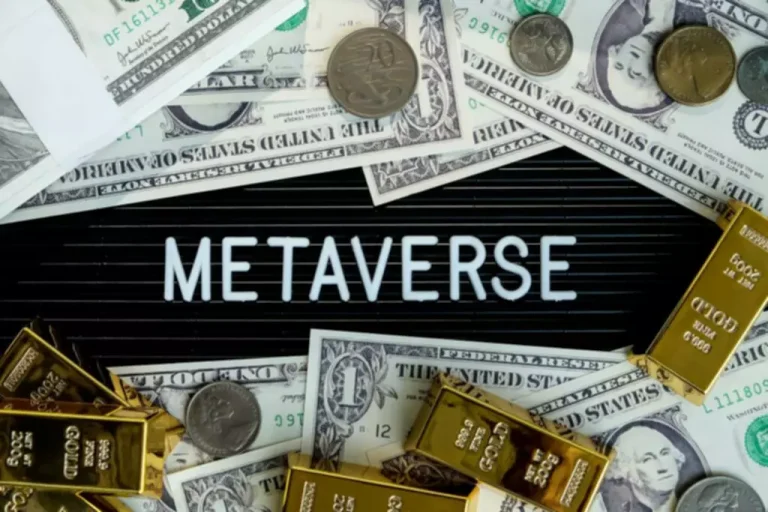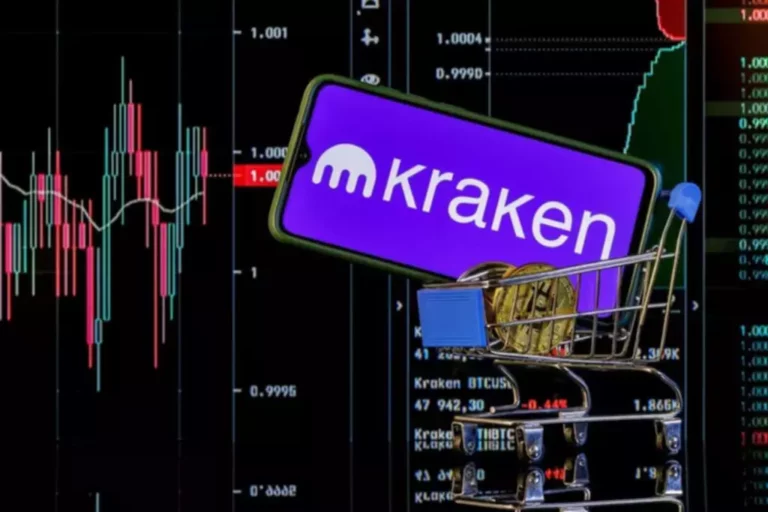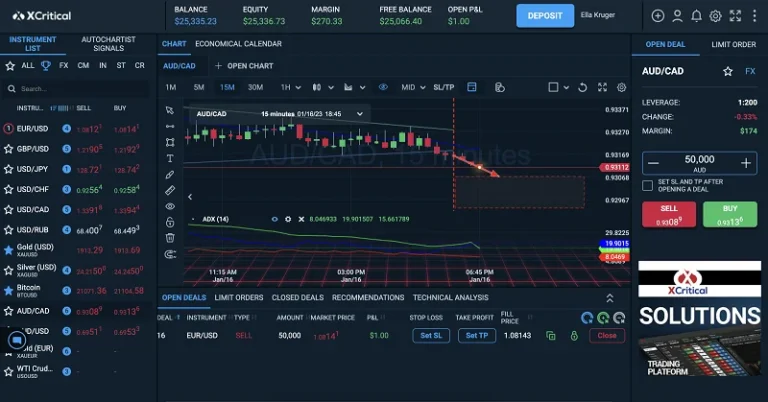Since the founding of Bitcoin in 2009, there was a surge in the number of blockchain networks with varying designs and functionalities. While blockchain bridges could have several kinds of designs, they typically fall into two classes; trusted and trust-minimized bridges. The interoperable future guarantees a landscape the place innovation flourishes how do crypto bridges work, user experiences are enhanced, and the boundaries between individual chains dissolve. As we venture further into this interoperable frontier, let us keep in mind the essential function bridges play in fostering a more inclusive, efficient, and dynamic blockchain revolution.
The Function Of Smart Contracts In Blockchain Bridges
If you want to convert your funds again, you merely go through the reverse course of. For example, you wish to transfer your bitcoin (BTC) to the Ethereum community. However, this is able to incur transaction charges and expose you to price volatility.
What Does It Mean To Bridge Tokens?
A one-way bridge means users can only bridge assets to 1 destination blockchain however not again to its native blockchain. Users wanting to keep away from wasting funds on fuel fees could need to wait for particular times when blockchain congestion tends to be lower. These instances can include weekends, holidays, and the very early morning hours within the EST time zone.
Why Use Bridges As A Substitute Of Exchanges?
An precise one-to-one backing is crucial to make sure that a wrapped asset retains the worth of its non-wrapped counterpart. Therefore, to redeem assets locked on the supply blockchain, customers should burn their wrapped belongings on the goal blockchain. Burning simply refers to the process of sending assets to an address to which nobody holds the private key required to move received tokens. Yet, none of these unbiased networks can natively communicate with each other.

Enhancing Blockchain Effectivity With Bridges
Dive deeper into the domain of web3 and find out the importance of a blockchain bridge for the longer term now. A particular blockchain bridge could not support and work with every blockchain network or asset in the decentralized purposes industry. In addition, you’ll find a list of blockchain bridges targeted on addressing unique user necessities. Here is an overview of the notable blockchain bridge variants you can use for transferring assets and information between blockchain networks. Blockchain bridges, also referred to as cross-chain bridges, serve as tools that facilitate the seamless switch of assets and data between varied blockchain networks. These bridges connect different blockchain networks or purposes, just like how bodily bridges connect separate areas.


The most necessary benefit of blockchain bridges is the flexibility to enhance interoperability. They allow the exchange of tokens, belongings, and data across totally different blockchains, whether or not between layer 1 and layer 2 protocols or various sidechains. For example, WBTC allows bitcoin customers to explore the decentralized functions (dapps) and DeFi companies of the Ethereum ecosystem. An interoperable blockchain sector is critical to the industry’s future success. Blockchain networks deploy different fragments of code to help builders in deploying functions, tokens and smart contracts over a community. In addition, all blockchain networks feature their very own token commonplace and framework, providing opportunities for development.
What’s The Future Of Blockchain Bridges?
- Therefore, it could assist in transferring property to Ethereum from Binance.
- Now, you move ahead and implement the consensus mechanisms for your block, which is the backbone of the complete software.
- Bridges not solely provide a chance for numerous DeFi protocols but additionally empower nimble players to capitalize on fleeting disparities in rates throughout the interoperable panorama.
Blockchain is a digital chain made up of single safe and tamper-proof models referred to as blocks. Each block contains its metadata and the designated data of the transaction. How would you attempt to set up a connection between every block in a meaningful way? The reply is by linking every block to its previous block with the assistance of distinctive random cryptographic features often known as hash. They should assume that the centralized entity won’t ever steal their belongings and shield their funds from attackers. Most bridges utilizing this method typically have staking and farming packages where users can lock their assets into the pool for periodic rewards.
Blockchain Bridges: Information To Cross-chain Data Sharing
Ethereum yields a measly 5% on his stablecoin, while Fantom beckons with a tempting 12%. With a simple transfer, Bob bridges his stablecoin over, maximizes his returns, and bridges it back, pocketing the handsome curiosity differential. Bridges not only provide a chance for numerous DeFi protocols but in addition empower nimble gamers to capitalize on fleeting disparities in charges throughout the interoperable panorama. Let’s explore a few of the key advantages unlocked by these digital arteries.
Blockchain promises the value of decentralization and freedom from the control of any individual or establishment. However, majority of blockchain networks exist within the type of isolated communities with their own economies. Therefore, blockchain bridges have turn into one of many inevitable requirements for the decentralized software ecosystem. Blockchain bridges play a key position in the growth of a unified decentralized cryptocurrency and Web3 ecosystem.
Cross-chain bridges are software functions that enable transactions to happen between varied blockchains. If someone wants to switch cryptocurrency, non-fungible tokens (NFTs), or different digital belongings between blockchain networks, cross-chain bridges are an important a half of the process. While most digital property are tied to a selected blockchain, cross-chain bridges enable inter-network transactions, which creates a much broader digital ecosystem. Using cross-chain bridges, cryptocurrency owners can unlock the value held of their crypto portfolios for a broader vary of real-life uses. The selection between a trusted and trustless bridge is dependent upon particular person needs and threat tolerance. For these prioritizing ease of use and speed, trusted bridges may be appropriate.
Due to extraordinarily high demand and Ethereum’s network limitations on the time, the network ended up congested. Fees soared, and all transactions on Ethereum took between hours and days. While this is a very environment friendly strategy to bridging, reliance on a single entity is a security risk. That entity may fall sufferer to blackmail attempts or be compromised by authorities if they turn hostile toward cryptocurrency.
Be the first to receive our latest firm updates, Web3 security insights, and unique content material curated for the blockchain fanatics. Finally, some choose bridges primarily because of personal preferences and how it’s extra native compared to exchanges. The processes involved in going by way of exchanges may be fairly time-consuming compared to utilizing a bridge. Then they’ll maintain the ETH in their Binance pockets or ship it to another Ethereum-compatible pockets.
Read more about https://www.xcritical.in/ here.